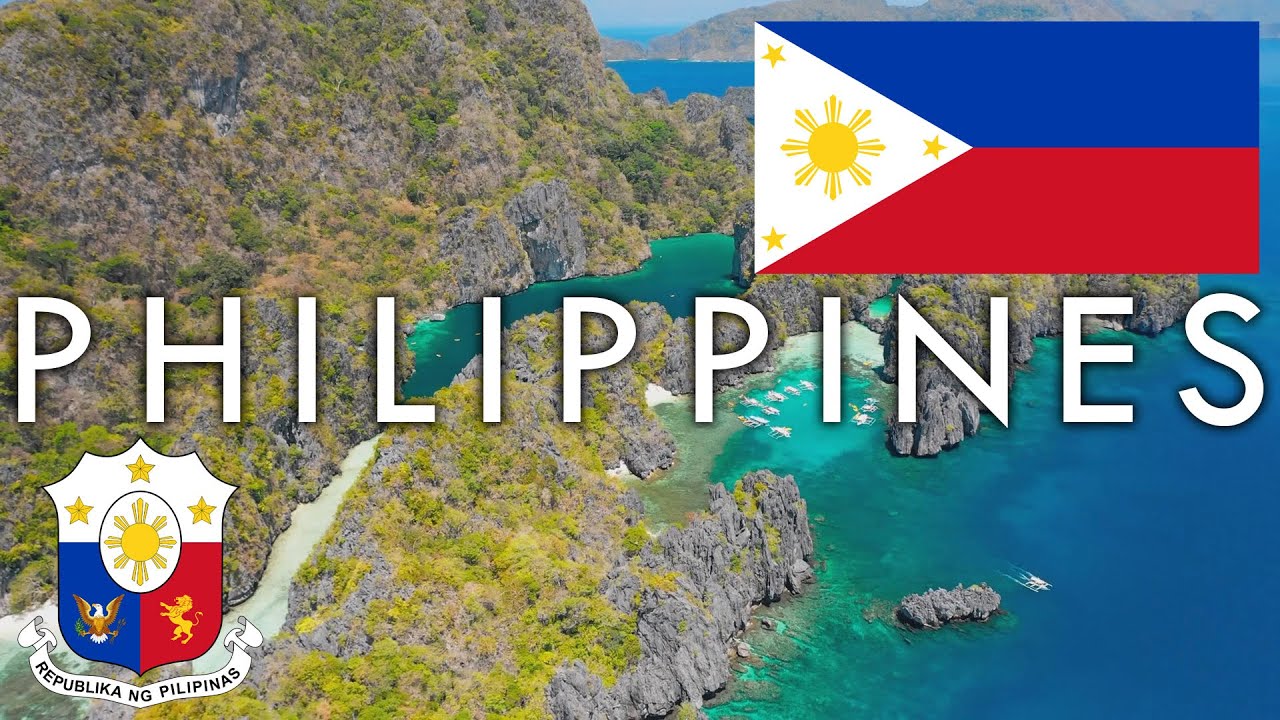Origin and Theories of the Philippine Archipelago
Summary
TLDRThe Philippines, an archipelago of over 7,000 islands, has a rich history shaped by both myth and science. Filipino legends, such as the creation story of Malakus and Manda, reflect the deep connection between people and nature. The arrival of the Judeo-Christian creation narrative further influenced Filipino beliefs. Scientific theories, including the Big Bang and evolution, explain the islands' formation through volcanic activity and plate tectonics. While some theories suggest land bridges or sea migration, modern research points to a mix of complex migration patterns. The Philippines’ origins remain a rich tapestry of history, blending legends, geology, and human evolution.
Takeaways
- 😀 The Philippine Archipelago consists of over 7,000 islands shaped by volcanic activity and the sea.
- 😀 Filipino myths, such as the story of Malakus and Manda, reflect a deep connection between people and the land.
- 😀 The Judeo-Christian creation story, brought by Spanish colonization, shaped Filipino beliefs about humanity's origins.
- 😀 Scientific theories about the Philippines' origins trace back to the Big Bang and the formation of the solar system.
- 😀 Evolutionary theory explains how life diversified, eventually leading to Homo sapiens and human migration.
- 😀 Lower sea levels during the ice ages may have allowed early humans and animals to migrate to the Philippines via land bridges.
- 😀 The theory of plate tectonics explains that the Philippines formed through the collision of the Eurasian and Philippine Sea plates.
- 😀 Dr. Frri Voss proposed that the Philippines rose directly from the ocean floor, not via land bridges, challenging earlier migration theories.
- 😀 Anthropologist Fland Land Jookano suggested that Filipinos share a core Southeast Asian ancestry, shaped by long-term local development.
- 😀 The 1962 discovery of Tabon Man proved human habitation in the Philippines over 20,000 years ago, confirming the presence of early hunter-gatherers.
- 😀 Modern research favors complex, overlapping migrations, rather than simple waves of migration, and emphasizes local evolution of culture.
Q & A
What is the origin of the Filipino myth about Malakus and Manda?
-The myth of Malakus and Manda tells the story of the first man and woman, born from a split bamboo stalk by a great bird. This myth symbolizes humanity's deep connection to nature, reflecting a worldview where people and the land are intertwined.
How did Spanish colonization influence Filipino beliefs?
-Spanish colonization introduced the Judeo-Christian creation story, where God created the world and humanity in six days. This contrasted with indigenous myths but influenced Filipino beliefs for centuries, particularly the view that Filipinos were descendants of Adam and Eve.
What is the scientific view of the origin of the Philippines?
-The scientific view begins with the Big Bang 13.8 billion years ago, leading to the formation of stars and the solar system. The Philippines' story is shaped by cosmic events and geological processes, including plate tectonics that led to the islands' formation from volcanic activity.
How did early humans potentially migrate to the Philippines according to the land bridge theory?
-The land bridge theory suggests that during the ice ages, lower sea levels exposed land bridges that connected the Philippines to mainland Asia, allowing early humans and animals to migrate on foot.
What does Dr. Fritjof Voss propose about the Philippines' formation?
-Dr. Fritjof Voss challenged the land bridge theory, arguing that the Philippines rose directly from the ocean floor through tectonic collisions and volcanic activity. He believed early life arrived by sea or air, not by land.
How did anthropologist Fland Land Jookano view Filipino ancestry?
-Fland Land Jookano proposed that Filipinos descended from a core Southeast Asian population rather than distinct migration waves. He emphasized a long process of local development and cultural exchange instead of replacement by new groups.
What was H. Otly Buyer's wave migration theory?
-H. Otly Buyer's wave migration theory suggested that Filipinos arrived in successive waves from different regions, such as the Aetas, Indonesians, and Malays, each wave more advanced than the last. This theory has since been disputed.
What does modern research suggest about the migration to the Philippines?
-Modern research suggests a more complex scenario, favoring overlapping migrations and local evolution, as opposed to the singular wave theory. This reflects a mix of various population movements and cultural exchanges over time.
What significant archaeological discovery was made in 1962, and why is it important?
-In 1962, the discovery of Tabon Man in Palawan proved that humans lived in the Philippines over 20,000 years ago. This discovery highlighted the presence of early hunter-gatherers in the archipelago.
What role did trade and kinship play in early Filipino societies?
-Early Filipino societies were defined by coastal banges (small communities) that were connected through trade and kinship. These networks were crucial in shaping the political landscape of the islands for centuries.
Outlines

This section is available to paid users only. Please upgrade to access this part.
Upgrade NowMindmap

This section is available to paid users only. Please upgrade to access this part.
Upgrade NowKeywords

This section is available to paid users only. Please upgrade to access this part.
Upgrade NowHighlights

This section is available to paid users only. Please upgrade to access this part.
Upgrade NowTranscripts

This section is available to paid users only. Please upgrade to access this part.
Upgrade NowBrowse More Related Video

History of the Philippines explained in 8 minutes

The History of The Philippines Before Magellan (3000 BCE - 1521 CE)

HERE'S THE REASON WHY LOTS OF WORLD LEADERS WANTS THE PHILIPPINES

Promotional Video | Philippine Cultural Heritage

The Philippines: History, Geography, Economy & Culture

History of Tourism and Hospitality in the Philippines
5.0 / 5 (0 votes)